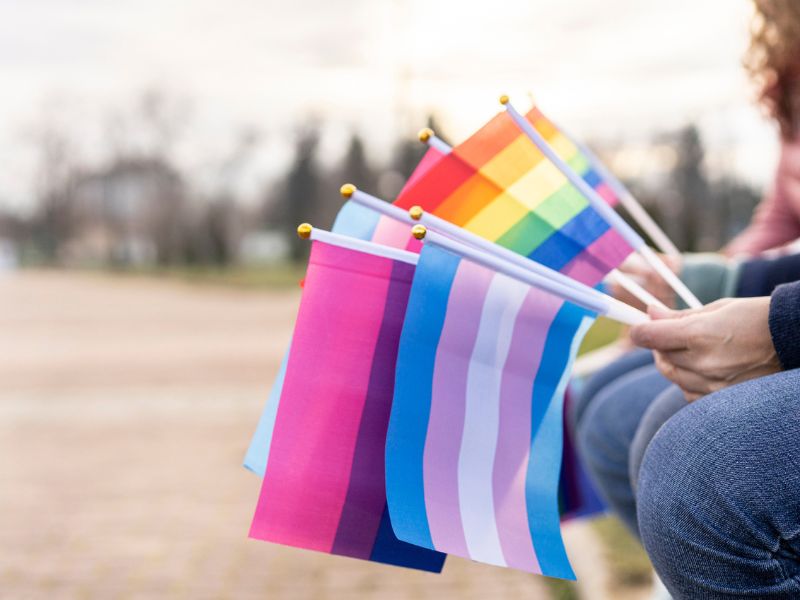According to The Williams Institute at UCLA School of Law, the prevalence of people who identify as transgender or nonbinary in the United States is estimated to be around 0.5% for adults and 1.4% for youth, translating to 1.3 million and 300,000 individuals respectively. Population estimates for individuals identifying as gender diverse are significantly higher, and range upwards to 4.5% for adults and 8.4% for children and adolescents.
At 1.4%, the percentage of U.S. youth ages 13-17 identifying as transgender is significantly larger than that of the adult population in the United States. As these kids navigate a still-evolving culture of acceptance, they will require empowerment and empathy from the adults around them.
Here are several ways to support the growing community of youth with diverse gender identities.
- Know the Lingo
Words matter. Adopting a common language, complete with the terms and nomenclature that gender-diverse individuals leverage, signals respect and understanding, especially to kids. The Language of Gender from TransFamilies is a robust resource people can use to educate themselves regarding the most current terminology related to gender identity.
- Respect Names and Pronouns
Names are an important part of our identity. Empower and support kids by always using the name they prefer (including pronunciation!) and demonstrate acceptance if or when they choose to change their desired name. For pronouns, share yours first. Letting kids know your pronouns creates a safe space for kids to share theirs in return.
- Do Not Make Assumptions
Kids may express their gender in a different way than their gender identity or their sex assigned at birth. Consider gender on a spectrum. Instead of assuming, be curious! Ask non-leading questions to open a safe, comfortable dialogue to learn about the child’s preferences and experiences. During these communications, avoid binary labels that imply or reinforce cultural biases. Instead, use gender-neutral terms until a mutual understanding has been achieved.
- Foster a Supportive Environment
Loving and accepting kids for exactly who they are, and right where they are, is the best way to support them. When parents and adults foster an environment of unconditional love and acceptance, it significantly reduces the risk of mental health issues in transgender and gender-diverse children. It also helps kids develop strategies for dealing with negative and discriminatory behaviors they may encounter.
Unfortunately, the opposite effect is also true. Suicidal ideation among transgender youth can be as high as 60% when kids feel their parents do not embrace their gender identity. This statistic underscores the importance of developing a safe space full of affirmation at home. For more information on ways to achieve this, The Family Acceptance Project hosts a collection of resources for families looking to promote the well-being of LGBTQ+ children and youth.
Like all people, kids and teens exploring their identity require and deserve a network of love that helps them grow as individuals. This begins with education and communication. Learning how to communicate with transgender and gender-diverse children and youth can go a long way to support their mental health and improve their overall well-being as they grow into adulthood.
Dr. Jill Troilo is a pediatrician and the office medical director of Johns Hopkins Community Physicians in Rockville. In this position, she partners with the Center for Transgender and Gender Expansive Health at Johns Hopkins to provide gender-affirming care to her patients.
Resources
- The Trevor Project’s Guide to Being an Ally to Transgender and Nonbinary Youth
- PFLAG – My loved one is transgender
- Gender Spectrum
- Stand with Trans
- It Gets Better Project
References
- American Academy of Pediatrics – Ensuring Comprehensive Care and Support for Transgender and Gender-Diverse Children and Adolescents

